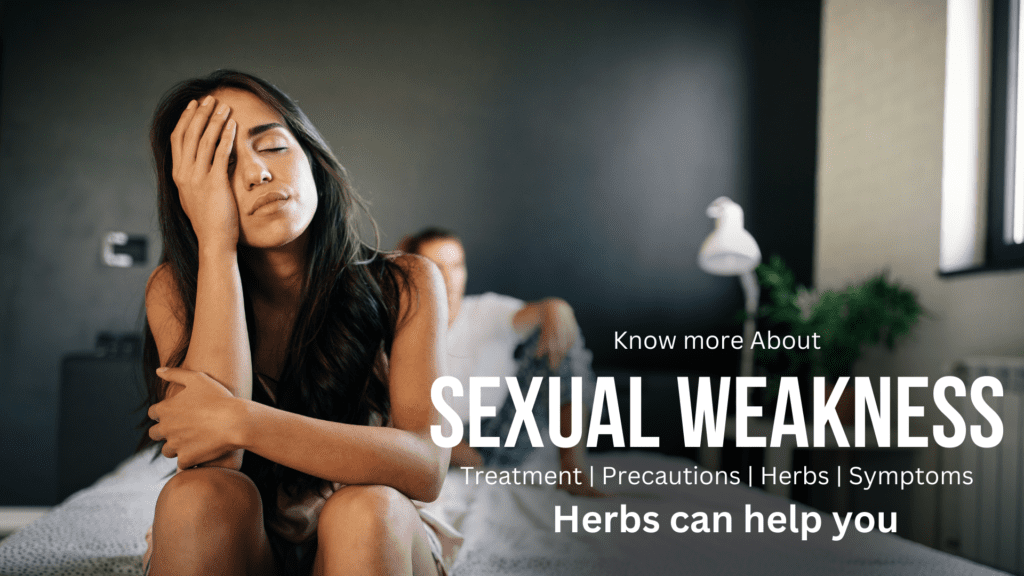About:
Facial paralysis, also known as Bell’s palsy, is a condition where there is a sudden weakness or paralysis of the facial muscles, typically on one side of the face. Understanding the causes, symptoms, and precautions can help prevent or manage this condition.
Causes:
The exact cause of facial paralysis is unknown, but it is thought to be due to inflammation or damage to the facial nerve, which controls the muscles of the face. Some possible causes of facial paralysis include:
-
Viral infections, such as herpes simplex or Epstein-Barr virus.
-
Autoimmune disorders, such as multiple sclerosis or Guillain-Barre syndrome.
-
Trauma or injury to the face or head.
-
Tumors or growths compress the facial nerve.
-
Stroke or other neurological conditions.
dosha:
In Ayurveda, facial paralysis is considered a Vata imbalance disorder. Vata governs movement and sensory functions in the body, including the facial muscles. When Vata is imbalanced, it can cause paralysis or weakness of the facial muscles.
Danger without treatment:
Facial paralysis can be a temporary or permanent condition. Without treatment, it can lead to complications such as eye irritation or dryness, difficulty speaking or eating, and social and emotional difficulties due to visible changes in facial expression.
Symptoms:
The symptoms of facial paralysis typically appear suddenly and may include:
-
Weakness or paralysis on one side of the face.
-
Drooping of the eyelid or corner of the mouth.
-
Loss of facial expression or the ability to close one eye.
-
Difficulty smiling, chewing, or speaking.
-
Changes in taste or sensitivity to sound.
Precautions:
Here are 10 precautions that can help prevent or manage facial paralysis:
-
Seek medical attention immediately if symptoms of facial paralysis occur.
-
Use eye drops or patches to prevent dryness and irritation of the eyes.
-
Perform facial exercises to strengthen the muscles of the face.
-
Avoid exposure to extreme temperatures or harsh winds.
-
Practice stress-reduction techniques such as meditation or yoga.
-
Eat a healthy diet rich in vitamins and minerals.
-
Avoid alcohol and smoking, which can exacerbate inflammation.
-
Use a soft-bristled toothbrush to avoid injuring the gums and teeth.
-
Get plenty of rest and sleep to allow the body to heal.
-
Follow the treatment plan prescribed by a healthcare provider.
Facts from WHO:
Facial paralysis is a common condition that affects people of all ages and genders. According to the World Health Organization (WHO), it is estimated that up to 1 in 60 people will experience facial paralysis at some point in their lives. While most cases of facial paralysis are temporary and resolved on their own, some cases may require medical treatment. WHO recommends early diagnosis and treatment to prevent complications and improve outcomes for people with facial paralysis. It also recommends ongoing support and rehabilitation to help people manage the social and emotional impact of this condition.

